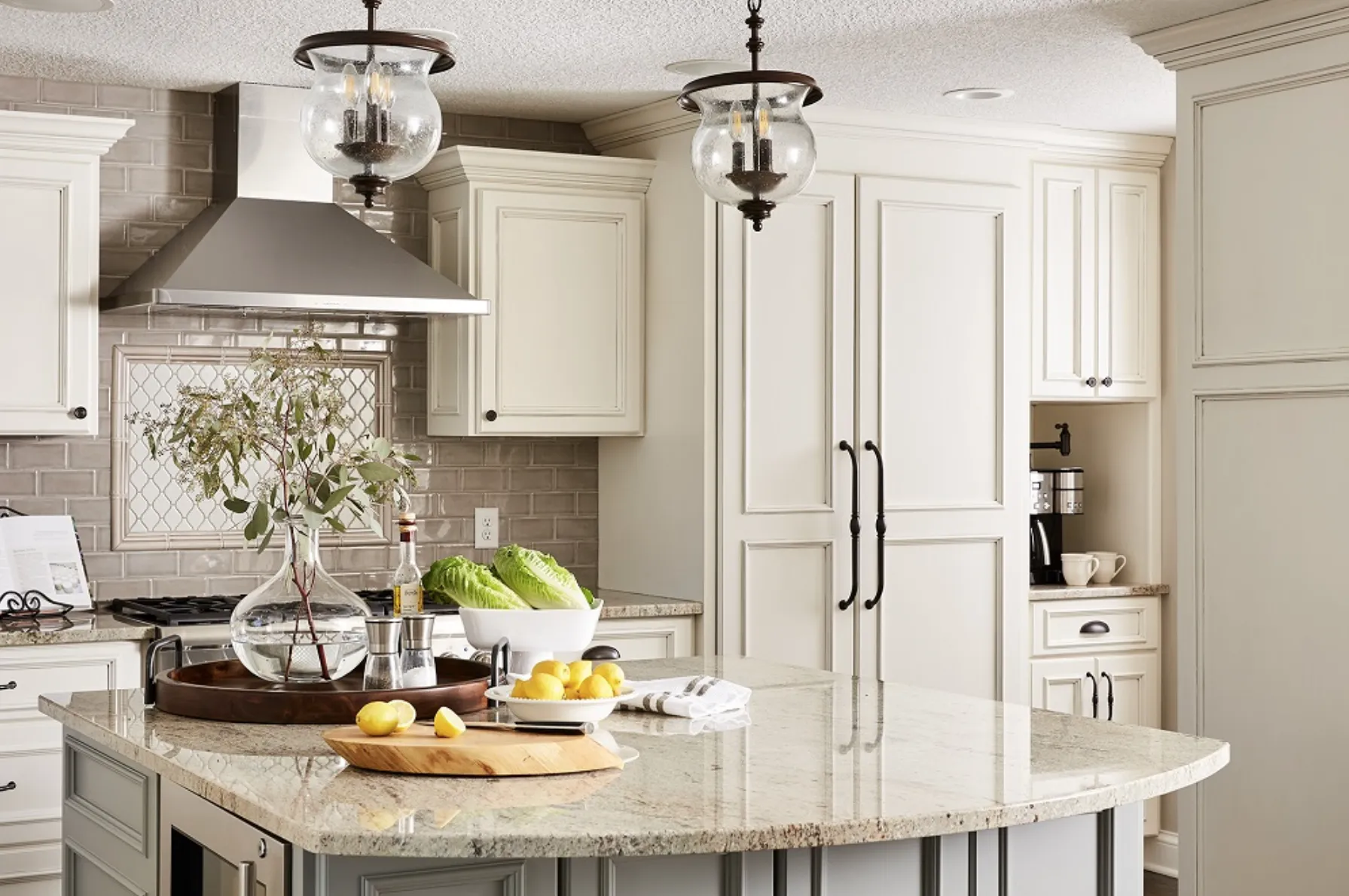90s Kitchen Decor Ideas Top 5 Trends
The 1990s are back in style, and that includes kitchen decor! From bold colors to specific appliance choices, the 90s had a unique aesthetic that many homeowners are rediscovering. Whether you lived through the decade or are just now appreciating its design, incorporating 90s kitchen decor ideas can bring a touch of nostalgia and personality to your home. This article will explore the top 5 trends that defined 90s kitchens and how you can bring them back to life in your space, creating a stylish and functional kitchen that reflects the best of the era. Get ready to get inspired and transform your kitchen into a retro haven.
Bold Color Palettes
The 90s were not shy when it came to color. Kitchens of this era were often characterized by bright, vibrant hues that made a statement. Think sunny yellows, deep greens, and vibrant blues paired with neutral tones. These colors were used on walls, cabinets, and even appliances, creating a cheerful and inviting atmosphere. The key was to balance the boldness with a touch of restraint, ensuring the space felt cohesive rather than overwhelming. Color became a key element of kitchen design, adding personality and character to the heart of the home. It was a departure from the more subdued palettes of previous decades, embracing a sense of optimism and individuality.
Popular Colors of the 90s
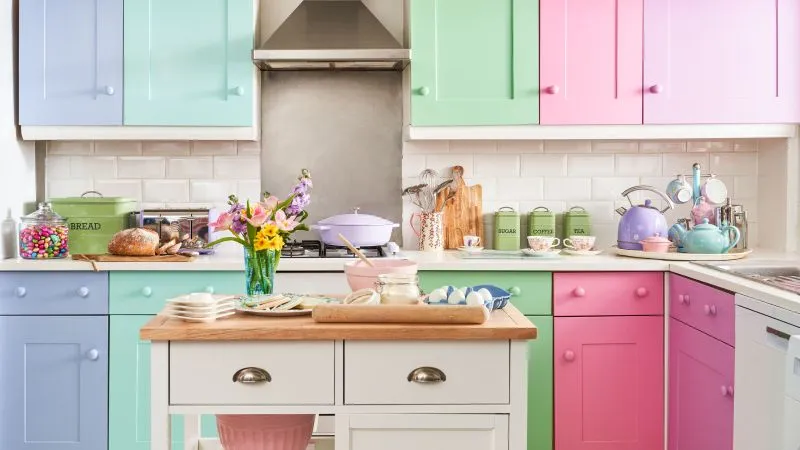
Several colors dominated 90s kitchens. The most popular included shades of sunshine yellow, forest green, and various blues. Cream and beige were often used as neutral backdrops to offset the bolder choices. This palette provided a sense of warmth and energy, perfectly reflecting the decade’s upbeat spirit. Other popular choices included earth tones, such as terracotta and warm browns, which added a touch of rustic charm. The variety in color allowed for diverse design choices, catering to a range of personal styles and preferences. These colors, when combined, created kitchens that were both stylish and inviting, becoming the central gathering place for many homes.
How to Incorporate Colors
Incorporating 90s colors into your kitchen can be done in several ways. Painting your cabinets in a vibrant hue is one option, or you can use color on the walls to create a focal point. Adding colorful accessories, such as dishware and decorative items, is another simple way to introduce color. Consider using a patterned backsplash with 90s-inspired colors or choosing appliances in retro colors for a bold statement. Start with a neutral base and add pops of color through accessories, paint, or textiles. Remember to balance the bright colors with neutral elements to maintain a sense of harmony and prevent the space from feeling chaotic. This approach allows you to enjoy the 90s aesthetic without overwhelming your kitchen.
Cabinets and Countertops
Cabinets and countertops played a significant role in defining 90s kitchen aesthetics. From the materials used to the styles embraced, they contributed significantly to the overall look and feel of the space. The choices made reflected a blend of practicality and style, aiming to create kitchens that were both functional and visually appealing. These elements are key to achieving an authentic 90s kitchen design, showcasing the trends and design preferences of the decade.
Cabinet Styles in the 90s
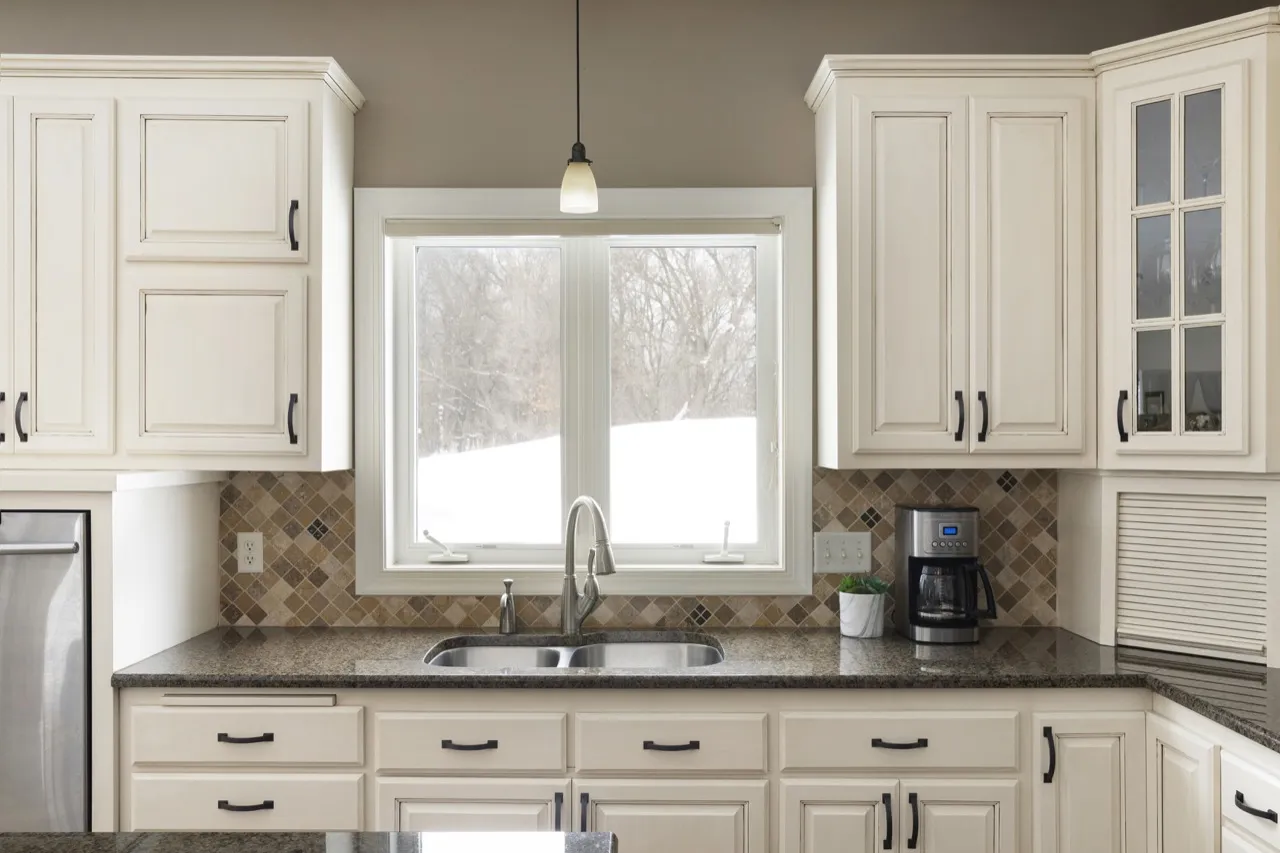
Oak cabinets were a staple in many 90s kitchens, often paired with a honey-toned finish. Shaker-style cabinets were also popular, offering a clean and timeless look. Raised-panel cabinets were another common choice, adding depth and dimension to the space. The cabinet hardware often included brass or brushed nickel knobs and pulls, which complemented the wood tones and added a touch of sophistication. Glass-front cabinets were also used to display decorative items, providing a visual break and enhancing the overall design. These cabinet styles reflected the decade’s blend of traditional and contemporary design elements.
Countertop Materials
Laminate countertops were a budget-friendly and widely used option in 90s kitchens. They came in various colors and patterns, including faux granite and marble designs. Granite countertops started gaining popularity towards the end of the decade, offering a more luxurious look. Tile countertops were also a common choice, offering durability and a wide range of design options. The countertop materials reflected a mix of practical and aesthetic considerations, with options to suit different budgets and styles. The materials selected contributed significantly to the overall look and functionality of the kitchen space.
Appliances and Technology
The 90s saw significant advancements in kitchen appliances and technology. New features and designs improved the functionality and aesthetics of kitchens. These innovations transformed how people cooked, stored food, and managed their kitchens, making the space more efficient and user-friendly. The integration of new technologies also reflected the era’s progressive approach to home design and daily living, with appliances evolving to meet the changing needs of the modern family. The impact of these advancements can still be seen in today’s kitchen designs.
Popular Appliance Choices
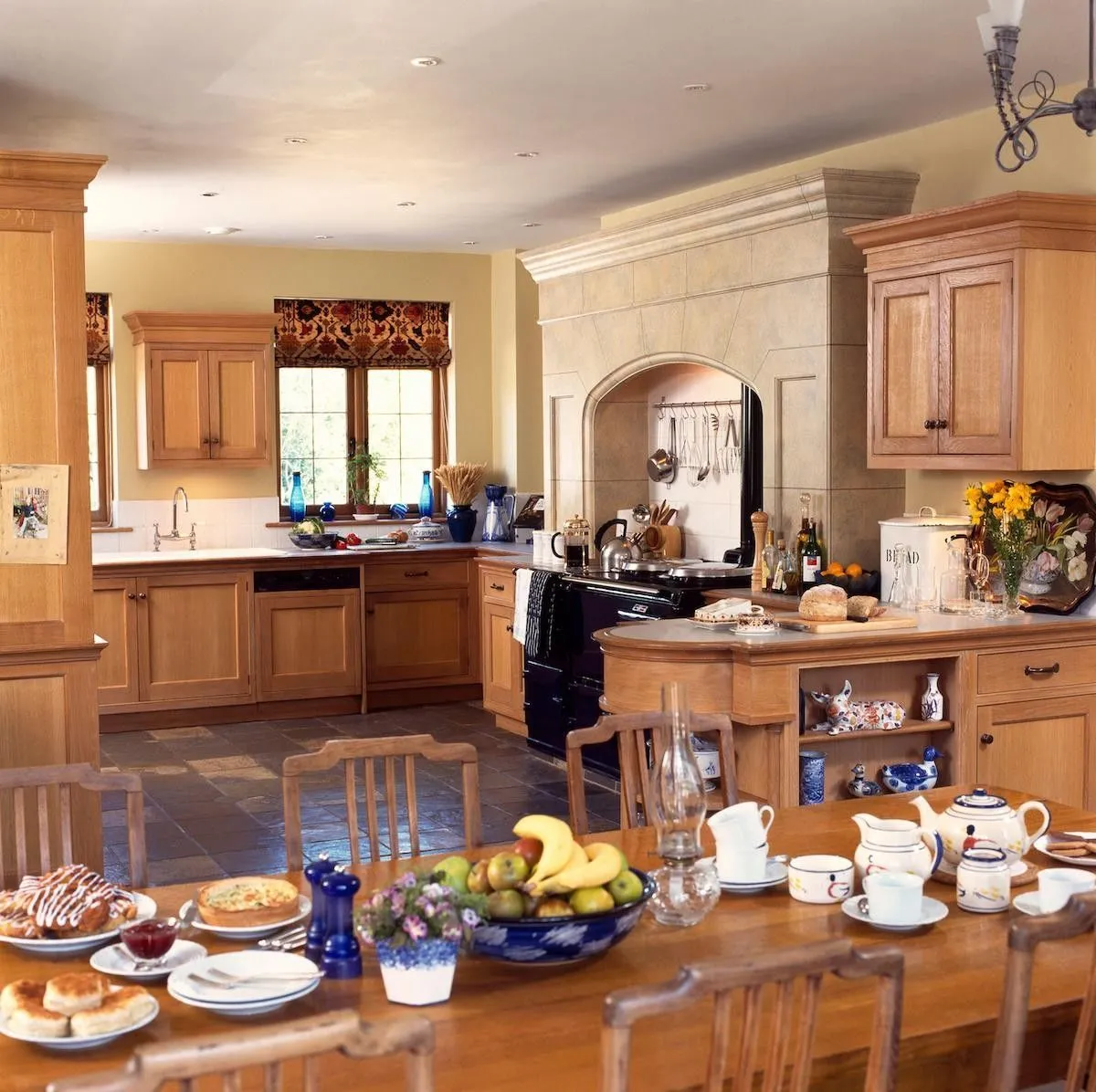
White appliances were extremely popular, providing a clean and modern look. Black appliances began to gain traction, offering a more sophisticated aesthetic. Stainless steel appliances were emerging as a premium option towards the end of the decade. These appliances were often paired with matching ranges, refrigerators, and dishwashers to create a cohesive look. Microwave ovens became a kitchen staple, and larger capacity refrigerators provided more storage space. These choices reflected the evolving needs and design preferences of homeowners, contributing to the modern kitchen’s transformation.
Technological Advancements
The 90s saw the introduction of several technological advancements in kitchen appliances. Self-cleaning ovens became a standard feature, making cleaning easier and more convenient. Refrigerators gained features like ice and water dispensers. Dishwashers became more efficient, with improved cleaning capabilities. These technological upgrades enhanced the functionality and convenience of kitchen appliances, transforming the way people used their kitchens. They streamlined daily tasks and contributed to a more efficient and modern cooking experience. These innovations paved the way for even more advanced features in future kitchen designs.
Flooring and Backsplashes
Flooring and backsplashes were essential components of 90s kitchen design, contributing significantly to the overall aesthetic. The choices made reflected a mix of durability, style, and practicality. From the materials used to the patterns and colors selected, these elements defined the look and feel of the kitchen, creating a cohesive and visually appealing space. They were carefully chosen to complement the other design elements and create a harmonious environment.
Flooring Trends
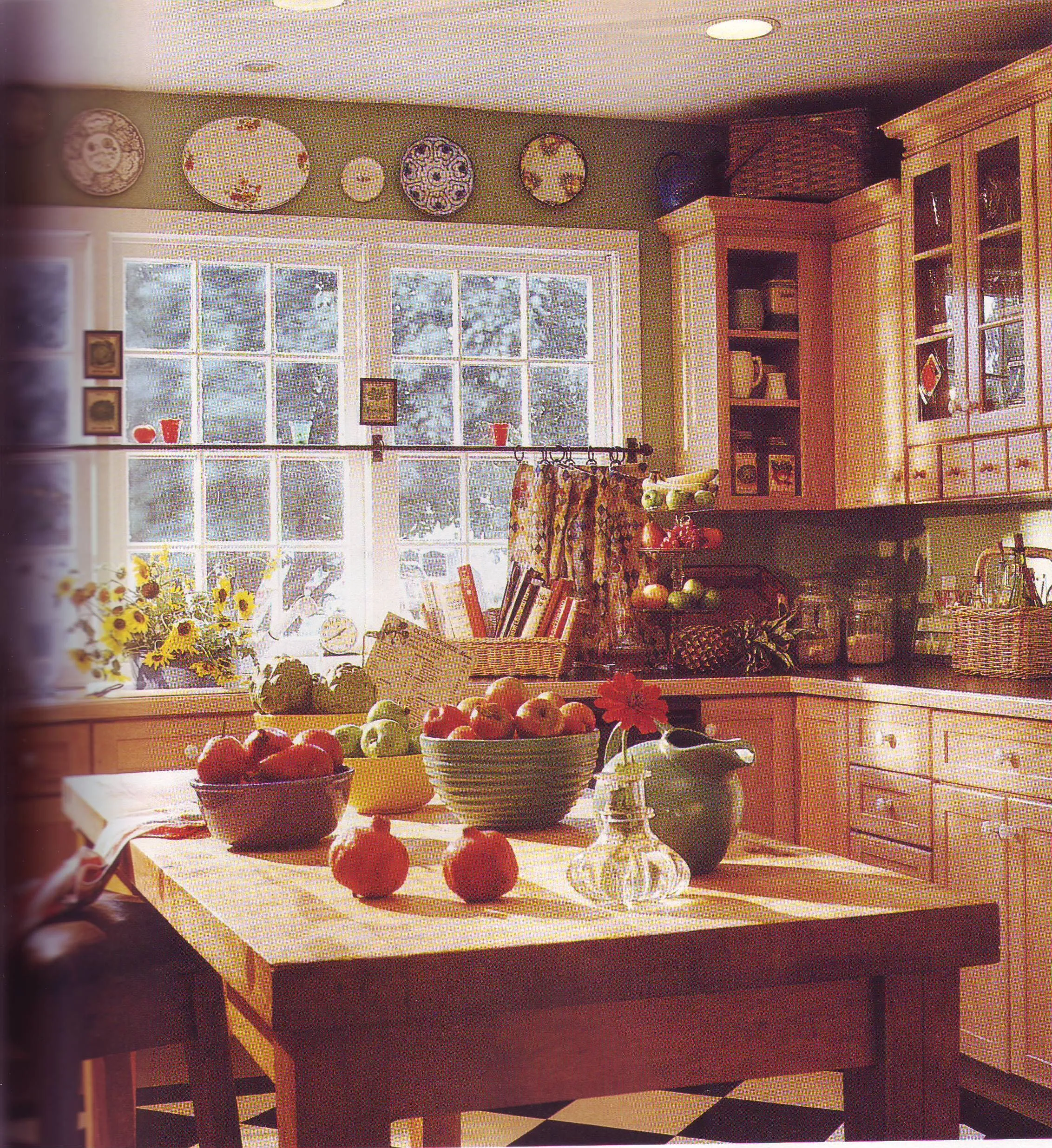
Vinyl flooring was a popular and affordable choice, offering a variety of patterns and designs. Ceramic tile flooring provided durability and a wide range of aesthetic options. Wood flooring was also used, adding warmth and a touch of elegance to the kitchen. The flooring materials needed to be durable and easy to clean, as kitchens are high-traffic areas. The flooring choices often reflected the overall style of the kitchen, complementing the cabinets, countertops, and appliances. These various flooring trends offered different options for homeowners to balance practicality and style in their kitchen design.
Backsplash Designs
Ceramic tile backsplashes were a standard choice, offering a wide array of colors, patterns, and sizes. Subway tiles, in various colors, also gained popularity, providing a clean and classic look. Patterned tiles added visual interest and personality to the space. Backsplashes were designed to be both functional and decorative, protecting the walls from spills and splatters while enhancing the overall design. These backsplashes were often chosen to coordinate with the countertops and cabinets, creating a cohesive and visually appealing kitchen environment.
Decor and Accessories
Decor and accessories were crucial in personalizing and completing a 90s-style kitchen. They added character and personality to the space, reflecting the homeowner’s individual taste. From the types of accessories chosen to the overall styling, these elements could transform a kitchen from functional to fabulous. This personalized approach to kitchen design was a key element of the 90s aesthetic, creating spaces that felt welcoming, inviting, and uniquely reflective of the people who used them. Adding accessories also offered a simple way to update your kitchen without a full remodel.
90s Kitchen Accessories
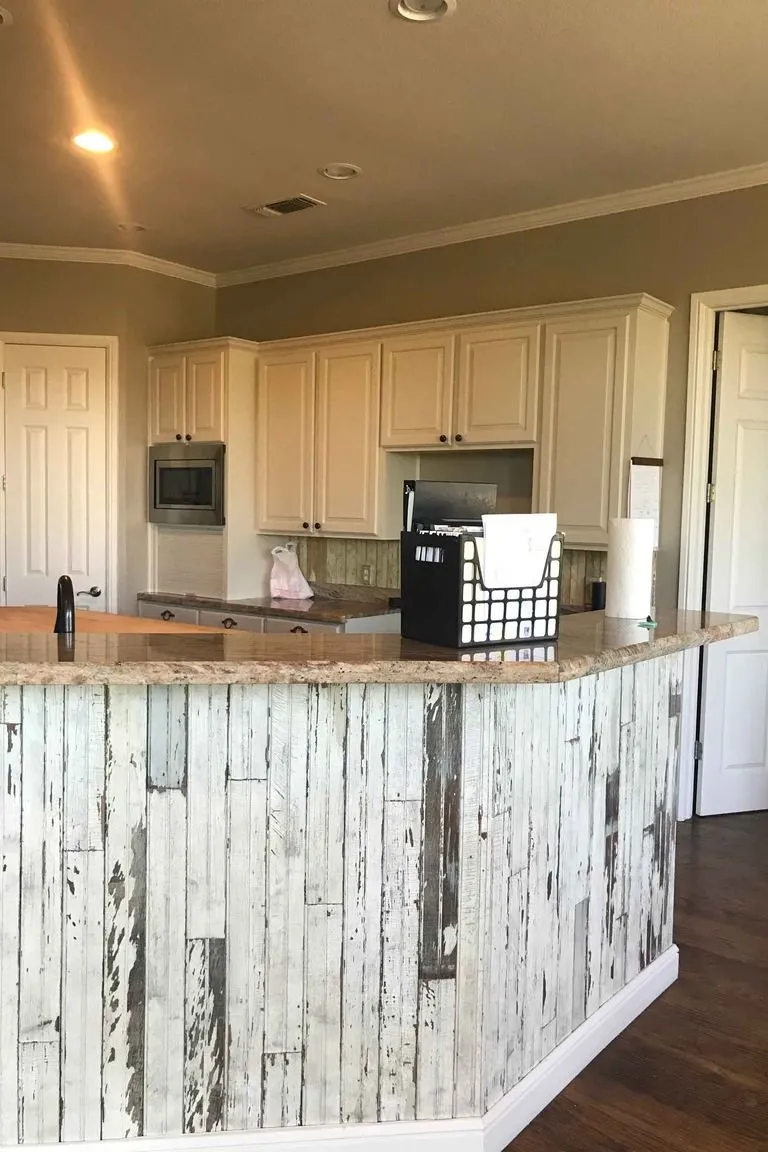
Accessories popular in 90s kitchens included glass canisters, decorative dish towels, and themed kitchenware. Ceramic fruit bowls, often filled with colorful produce, were a common sight. Pot racks with copper or brass pots and pans were also popular, adding a touch of warmth and rustic charm. Kitchen accessories reflected the era’s eclectic and personalized style, adding a touch of individuality to each kitchen space. These elements were carefully chosen to match the overall design and to create a visually appealing and functional environment.
Adding Personal Touches
Adding personal touches to a 90s kitchen involves incorporating items that reflect your personality and style. Displaying collections of decorative plates, mugs, or cookbooks adds character. Adding family photos or artwork can create a more intimate and welcoming atmosphere. Choosing accessories with bold colors or unique patterns can inject personality into the space. The key is to curate a space that feels authentic and reflects your unique tastes. These personal touches transformed a kitchen into a warm and inviting space that reflected the individual style of the homeowner, making it feel like a true heart of the home.
